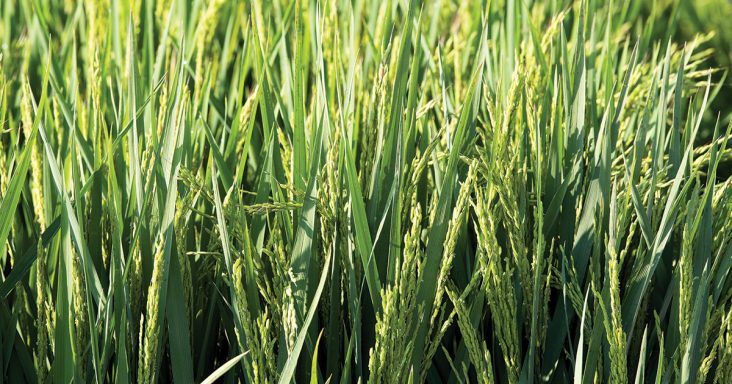Analysts expect global rice prices to become more competitive
by June 3, 2020 11:50 am 941 views

Escalating troubles with China are expected to impact soybean exports again in 2020 following a trend that developed as the trade wars started in early 2018. In response to this, many Arkansas farmers planted more rice acres this year and now that the pandemic is starting to ease in other countries, some rice markets may become more competitive.
Global prices have become more competitive, falling from their peak earlier in May, according to an economic impact report from the University of Arkansas System Division of Agriculture.
Alvaro Durand-Morat, research assistant professor for the Division of Agriculture and co-author of the report, said that while prices in the United States remain higher than pre-pandemic levels, global trade and competition have brought international prices to heel.
Durand-Morat said that many key rice-exporting countries, including Myanmar and Cambodia among others, are beginning to resurface after several months of import restrictions designed to weather the impact of the COVID-19 pandemic.
“As the COVID situation evolves, some countries have done quite well, and they’re relaxing those export restrictions, and that’s easing prices,” he said.
“Prices in the United States have been driven by short supply more than anything else,” Durand-Morat said. “But in India and Thailand, for example, they’ve gone back to pre-COVID-19 levels. In Vietnam, they remain about $100 above pre-COVID prices. Overall, prices have become much more competitive after the peak a few weeks ago.”
India, the world’s largest rice exporter, continues to struggle with the spread of the virus to a large degree, causing delays throughout its supply chain.
“While the country has the lowest, most competitive price right now, they’re by no means back to full activity on the export side of things,” Durand-Morat said. “They still have stay-at-home orders, and that’s delaying shipments.”
There is no way of knowing when the global rice market will truly return to pre-COVID levels of efficiency, he said.
“Who knows where this pandemic will go?” he said. “Some countries, such as Vietnam, have done a very good job, domestically speaking, in terms of controlling the pandemic. So, I’d expect them to be back to normal sooner, rather than later. India’s outlook, on the other hand, is not very optimistic. It’s very hard for them to maintain social distance, and their cases are increasing. They have plenty of rice to export, but if the pandemic is not under control, we could expect their export capacity to suffer and put pressure on the global rice market.”
Given the current stage in the U.S. agricultural planting cycle, it’s unclear what opportunities the current situation may present for producers in 2020.
“With planting decisions, we know that for the last two months, all the economic factors favor rice,” Durand-Morat said. “When everything’s said and done, we will likely see an increase in rice acres.
“Is this an opportunity for U.S. agriculture? I think if we had our choice, no one would have chosen this situation,” he said. “It continues to be a highly risky environment for agriculture, and more so for cotton and corn; less so for soybeans and rice.”
In 2019, 1.1 million acres of rice were harvested in Arkansas, accounting for 46% of total U.S. rice production. Arkansas rice farmers are projected to plant 1.39 million acres this year, according to the United States Department of Agriculture. It generates billion of dollars worth of revenue for the state’s economy and supports directly or indirectly more than 25,000 jobs.
